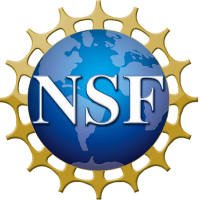RSS feed source: US Energy Information Administration
In-brief analysis
May 5, 2025
Data source: AAA
Retail prices for regular grade gasoline in California are consistently higher than in any other state in the continental United States, often exceeding the national average by more than a dollar per gallon. Several factors contribute to this high price, including state taxes and fees, environmental requirements, special fuel requirements, and isolated petroleum markets.
Taxes and fees
The components of retail gasoline prices are taxes and fees, distribution and marketing, refining costs, and crude oil prices. Drivers in California pay the highest taxes at the pump, equivalent to $0.90 per gallon (gal) between local, state, and federal taxes as of March 2025.
Federal taxes—which are the same for each state—account for $0.18 of the $0.90/gal in taxes. The other $0.72/gal is made up of state excise tax
Click this link to continue reading the article on the source website.


